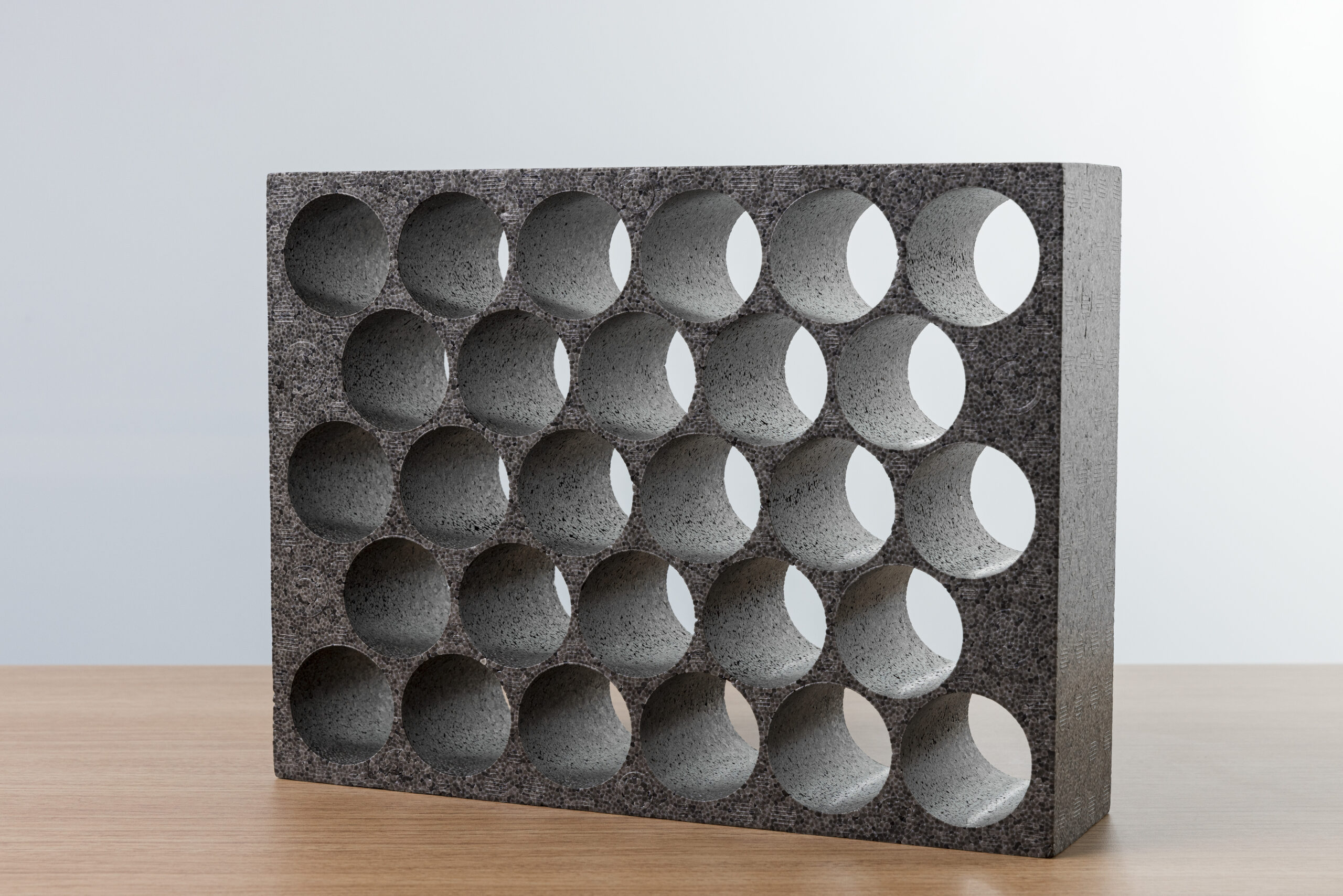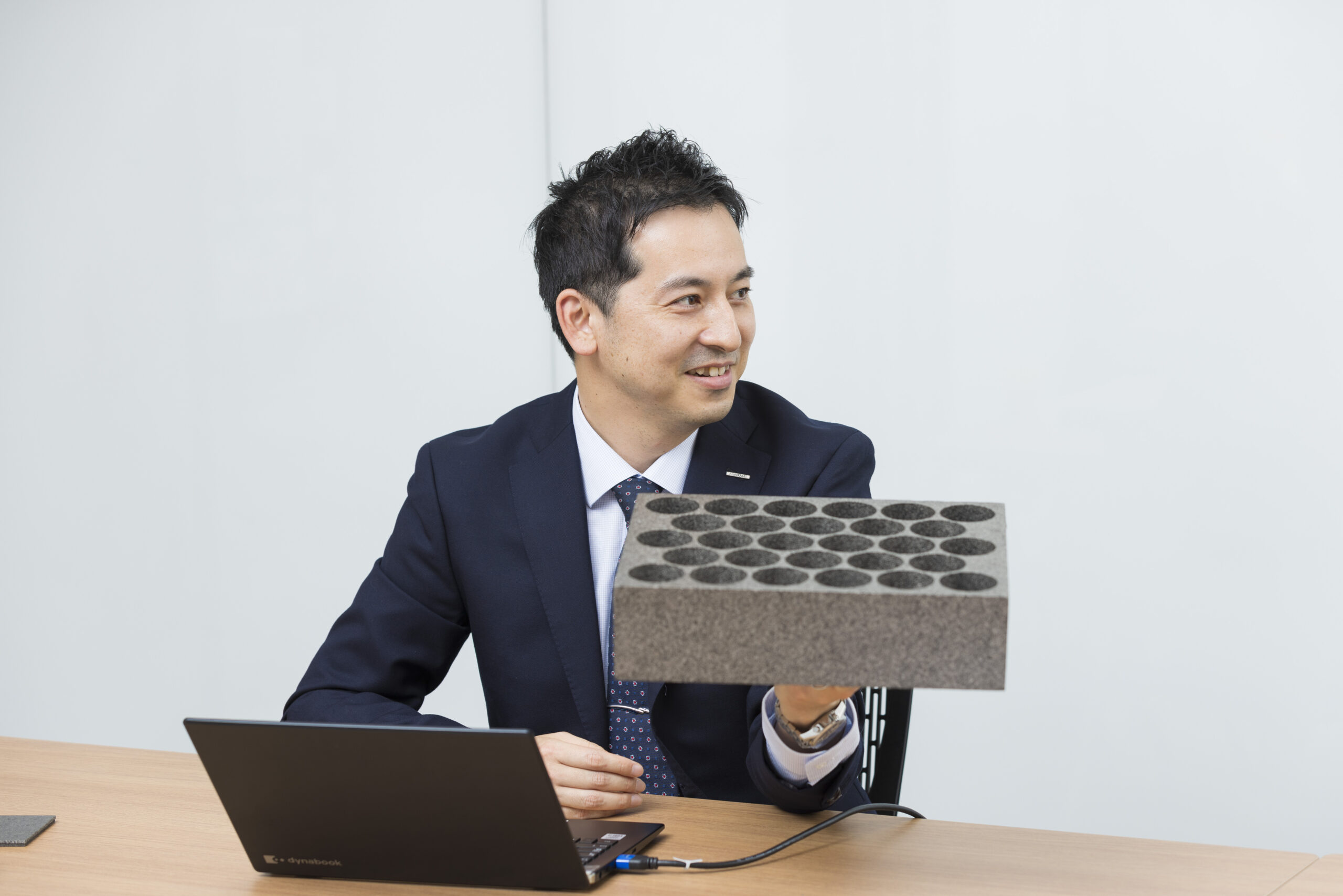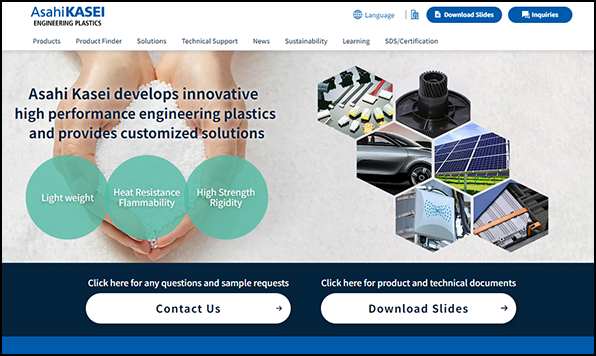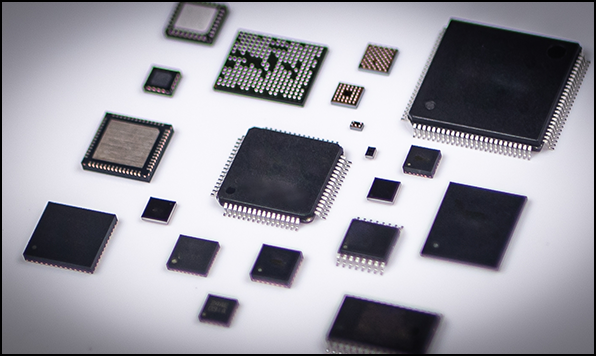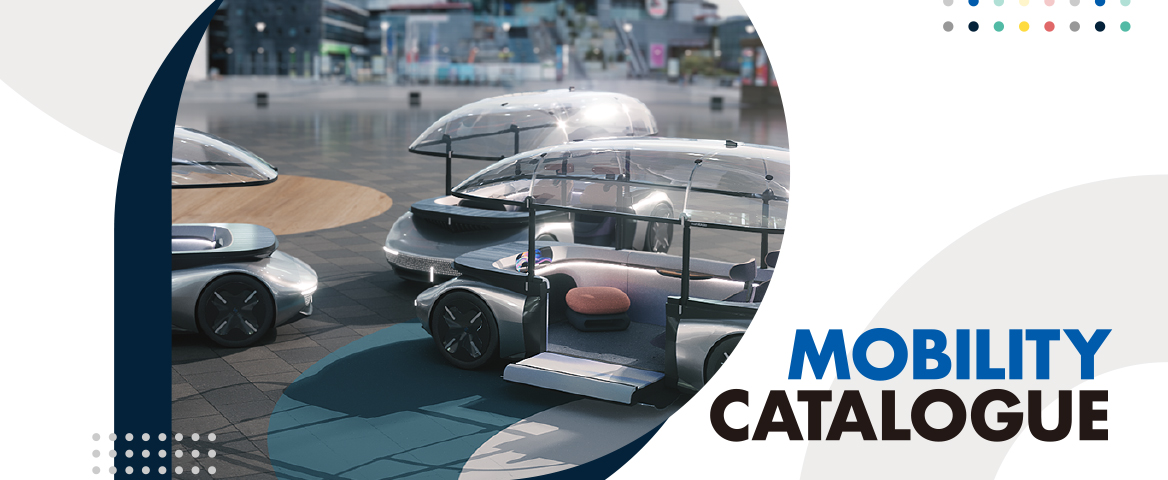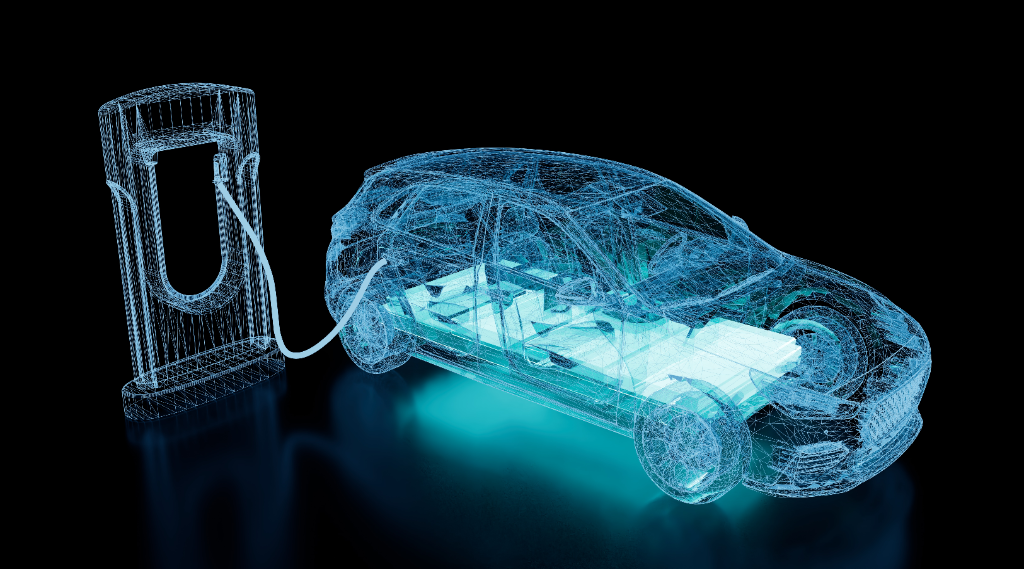
As Electric Vehicles Popularity Grows Around the World, Thermal Management Grows in Importance
– Examples of Lastan™ , a flame-resistant fiber, and SunForce™BE, a flame-retardant engineering plastic foam –
With the shift to EVs accelerating, challenges have emerged in regions such as Europe and China where EVs are becoming more widespread. One such challenge is thermal management. Since the start of EV development, thermal management has been essential to keep batteries in their optimal temperature environments and extend the driving range. In recent years, however, flame retardancy, heat resistance, and thermal insulation have come into demand to improve safety and reduce environmental load.
Asahi Kasei offers a variety of high-performance materials. Of these, we have two in particular attracting high expectations both in Japan and overseas as EV solutions. In this article, Toru Seki from Asahi Kasei Advance’s Automotive Material Div. talks about Lastan, and Junsuke Nakatsutsumi and Masaki Tsukimisato from the Mobility & Industrial SBU. talk about SunForce. The unique features, use cases, and future growth potential of these materials are discussed.
Click here to contact us about Asahi Kasei’s products and usage examples.

▲(From left) Junsuke Nakatsutsumi and Masaki Tsukimisato, Asahi Kasei Mobility & Industrial SBU.; Toru Seki, Asahi Kasei Advance Corp. Automotive Material Div..
Feature 01: Lastan™
Asahi Kasei’s Lastan is a flame-resistant fiber that has been used mainly in the fields of disaster prevention and safety and industrial materials. Why is it now attracting attention in application to EVs?
A soft cloth with the highest level of flame retardancy that does not burn when exposed to flame
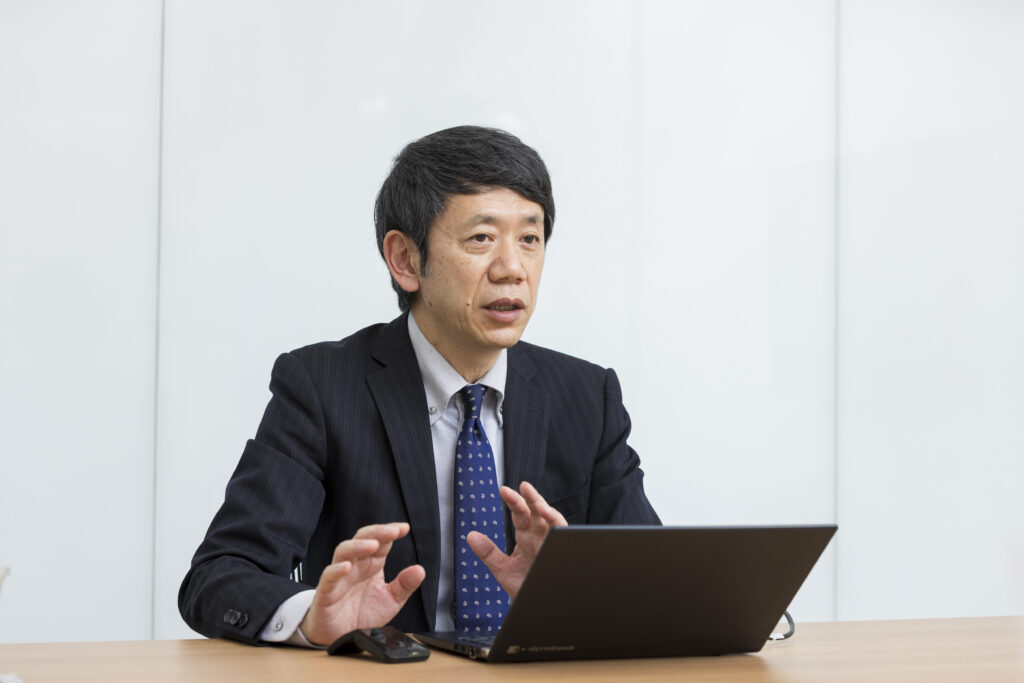
▲ Toru Seki, Automotive Material Div. General Manager, Asahi Kasei Advance Corp.
Seki: “Lastan is a flame-resistant fiber, made extremely hard to burn by baking threads of a special acrylic fiber in air at 200 to 300°C.
At first glance, fabrics made with Lastan thread look just like ordinary fiber. They are soft to the touch, flexible, lightweight, and easy to handle.
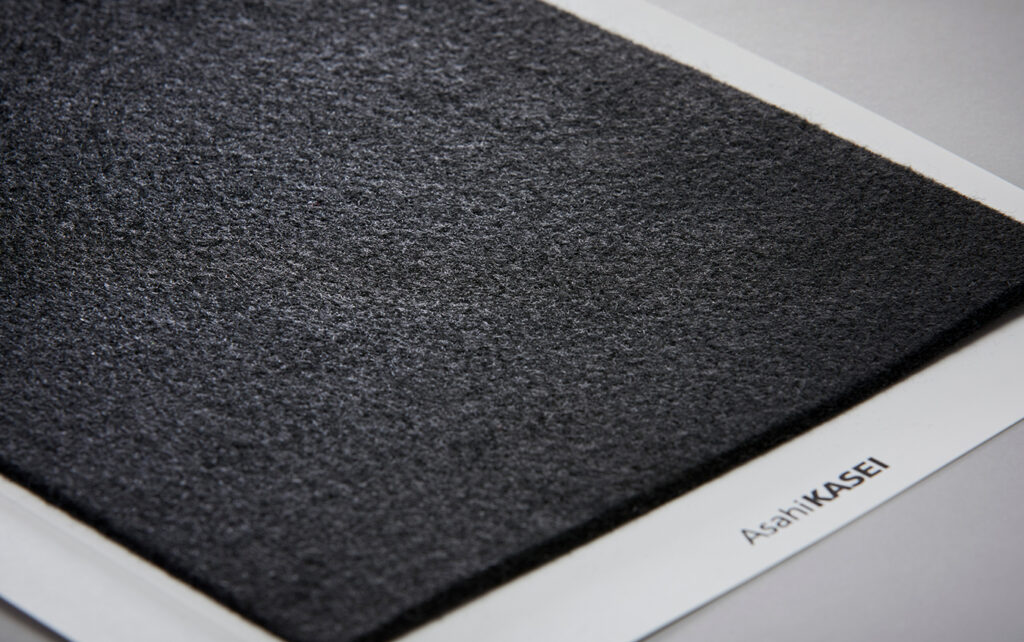
▲ Felt-type Lastan is soft to the touch, thin, and light.
Still, it is highly heat-resistant, featuring flame resistance to the point that it will not burn even in oxygen-concentrated air (limiting oxygen index (LOI) of 50). Even when directly exposed to the flame of a burner, it will not burn for a certain period, nor does the flame melt a hole in it (see figure below). It is also electrically insulating and has low thermal conductivity.”

▲ Experiments demonstrating the excellent heat resistance of Lastan. Even when directly exposed to the flame of a burner, Lastan does not burn (left). Also, compared to other materials, Lastan allows the oxidation reaction to proceed while still keeping its original shape without melting or shrinking (right)
Video https://youtu.be/pUvprLCPY5U
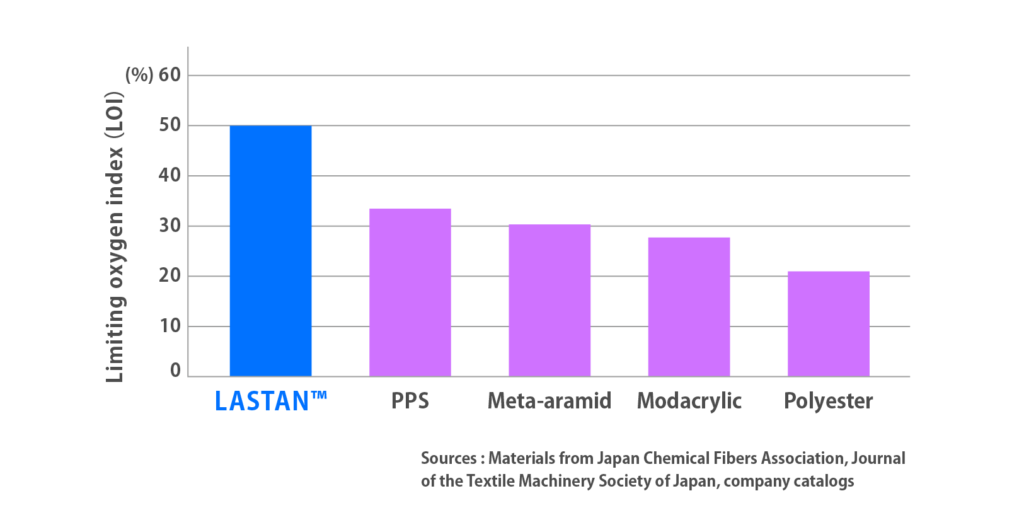
▲ For an organic fiber cloth, Lastan has a very high LOI of 50, making it non-flammable in air (requiring a minimum LOI value of 20). It is also well above the LOI mark of 26.5 generally used to define self-extinguishing fabrics.
Lastan adds an extra layer of safety in various places in our daily lives
“Because of its outstanding flame retardancy, heat resistance, and thermal insulation properties, as well as its electrical insulation and flexibility, Lastan has been used in various applications for over 30 years. For example, it is used to prevent fire from spreading in places where sparks may occur, such as capacitors and harnesses for air conditioners, washing machines, vacuum cleaners, induction cooking burners, and other home appliances. On railway cars, glass wool is used as a heat-insulating and sound-absorbing material, but it can be prickly and hard to work with. Thus, the glass wool is wrapped in Lastan and packed into ceilings and sidewalls. In automobiles, Lastan is used as a heat insulator around the engine.”
▲ Lastan is widely used in our everyday life
In EVs, Lastan could help protect us from LiB thermal runaway and fires
“Lithium-ion batteries (LiBs), which are currently the mainstream option for EV batteries, can catch fire due to thermal runaway from overcharging or impacts in a collision. This has become a problem with the increasing number of EVs. To date, measures to prevent EV battery fires from spreading have been addressed with safety standards for LiBs, but China has initiated legal restrictions due to the need for measures to deal with external impacts and other issues. While some vehicles employ mineral-based plates for fire safety, using the lightweight and flexible Lastan instead could reduce vehicle weight and in turn increase EV driving ranges.
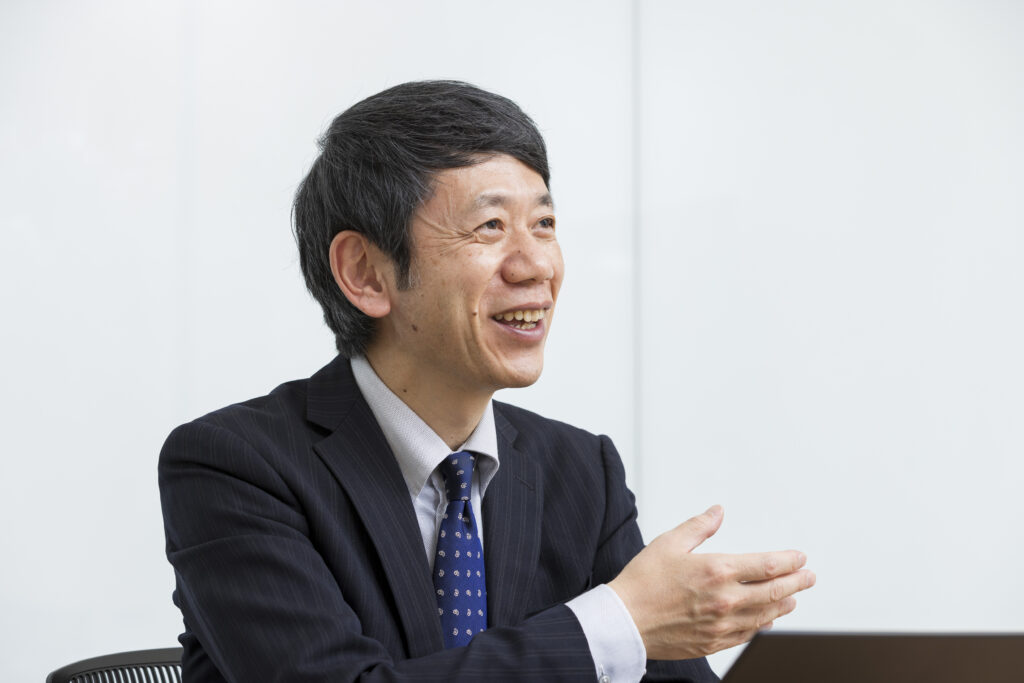
European automakers were the first to take an interest in EV applications of Lastan. Currently, talks are progressing with various automakers in the US, China, and domestically in Japan, as well as with tier 1 battery manufacturers. Several uses are being considered, such as putting Lastan in the gaps between cells or covering the area around modules with multiple cells.”
With compound solutions, Lastan uses expand in combination with different materials
“Lastan can also be adhered to metal, plastic, and other materials to add functionality. For example, attaching it to a board or molded body comprised of SunForce (to be introduced in the next section) can add a rigidity not found in Lastan, while also adding fire resistance not found in SunForce alone. As possibilities for such compound solutions expand, I hope Lastan can help improve the safety of EVs and make them more widespread.”
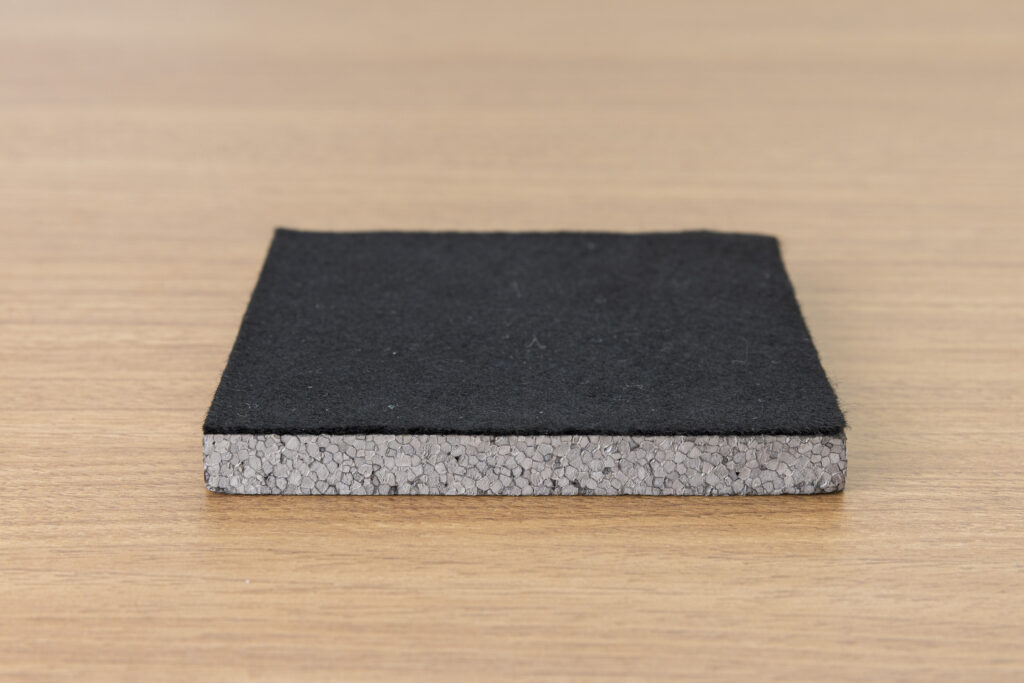
▲ Flame-resistant fiber Lastan attached to SunForce foam with flame-retardant function. This combination adds rigidity and shock absorption that Lastan does not possess on its own, and may be used in different applications.
For additional information on Lastan: https://asahi-kasei-mobility.com/en/products/lastan/
Feature 02: SunForce™BE
Asahi Kasei’s SunForce, which was also covered in Vol. 03 of this series, “Going the Distance,” is a unique high-performance material that combines the functionality of an engineering plastic with the characteristics of foam. SunForce is already being implemented in EVs, but more and more diverse uses are expected in the future.
A freely moldable foam that is both flame-retardant and heat-resistant
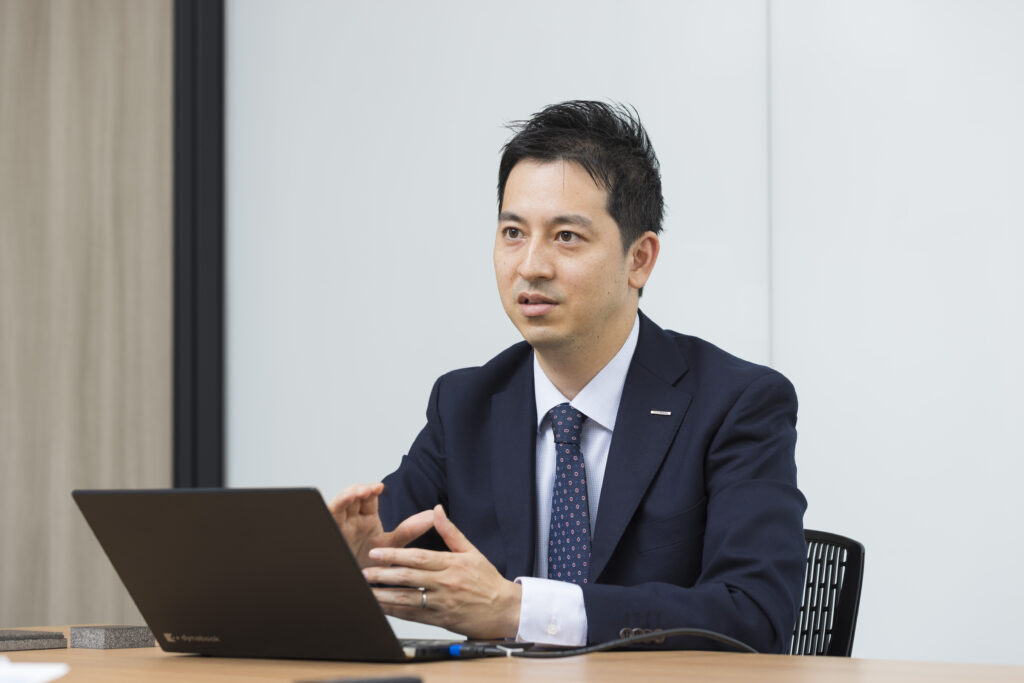
▲ Junsuke Nakatsutsumi, Mobility & Industrial SBU. Deputy Manager, Asahi Kasei
Nakatsutsumi: “The name ‘SunForce’ takes the ‘sun’ (Asahi) from Asahi Kasei, with ‘force’ added to mean that we are developing something new and even more powerful. This is a bead-like material made of foamed polyphenylene ether (PPE) resin, an engineering plastic. Its high air content makes it very light and gives it excellent thermal insulation and shock absorption properties. Compared to the foamed beads most people are familiar with, Styrofoam, the big difference is that SunForce has the combustion and thermal resistance characteristics of a PPE engineering plastic.

▲ When small particles of about 1 to 2 mm in diameter are put in a mold and heat is applied, the particles stick together as they swell. This phenomenon of SunForce can be used to create products of various shapes.
With its small particle size and very high dimensional accuracy, SunForce can be molded freely in any shape. Because it is also rigid, it is used for cushioning materials in firefighting helmets and portable X-ray chassis in medical devices. In EVs, it is mainly being proposed for use in thermal management components around batteries.”
Capable of protecting batteries from impact and preventing or delaying thermal runaway and fires
Nakatsutsumi: “As mentioned in the previous section, with overcharging and impacts, the LiBs currently used in EVs carry the risks of thermal runaway and fire. For this reason, various countries have started developing laws and regulations for measures to prevent EV battery fires from spreading. Even when the vehicle is not running, batteries can enter thermal runaway even from an impact in transit. However, by enclosing the batteries with a SunForce component, spreading can be prevented or delayed in the unlikely event of a fire.
▲ A battery cell holder made with SunForce. The holder is very light and can be molded according to battery shapes and sizes.
Also, if battery cells are stored in a cell holder made with SunForce like this (photo above), fire from thermal runaway in one battery in an EV battery pack can be kept from spreading to the other batteries. SunForce can also act as a shock absorber—for example, by protecting the battery from being fractured when the vehicle is hit in a side collision.”
SunForce can contribute to various types of EV battery-related thermal management
Tsukimisato: “In terms of battery temperature management, if you want to cool the upper batteries but not the lower ones for example, SunForce can be used as a heat insulator to isolate the upper ones for improved heat exchange efficiency. In extreme cold environments, temperature differences with a hot battery can result in condensation, which in turn can cause the battery to short circuit. Laying SunForce under the battery can also prevent this condensation.
Given its strengths in thermal management, we propose various applications for SunForce, such as busbar covers, cell holders, and cooling plate under spacers for battery packs. These products were praised early on, in Europe in particular, and are already being used in some EVs. Demand from our customers has increased dramatically over the past few years, with adoption expanding in China as well.”

▲ Masaki Tsukimisato, Mobility & Industrial SBU. Manager, Asahi Kasei
High dimensional accuracy and freedom of design to create unprecedented products
Tsukimisato: “With its thermal insulation and ability to produce things to high dimensional accuracy, the characteristics of SunForce can also be utilized to create a flow path to run cold air around the battery in order to keep it at the appropriate temperature.

▲ SunForce molding utilizing thin-wall molding and high dimensional accuracy: Flow path to run cold air around the battery (left) and a three-dimensional puzzle (right). Areas with large curvature can also be formed easily and accurately.
With EVs, battery design and concept have been streamlined to some extent, but throughout the world, standards have yet to be finalized. Structurally as well, battery packs differ by automaker, with some batteries shaped like dry cells and others being square. Thus, thermal management solutions will vary accordingly. Government policies will likely surface in the wake of accidents, and market trends will undoubtedly continue to change, but we will always make proposals with a view towards the future.

When a customer has a problem, we tell them how we can develop a solution using SunForce . SunForce can be designed in a variety of ways, so we want to be flexible and help our customers solve their problems.”
Honing our ability to propose multi-material solutions to meet customer needs
Nakatsutsumi: “To further meet our customers’ needs in the future, we believe it is important to propose not only stand-alone SunForce solutions, but also compound solutions which apply SunForce together with various other materials. Asahi Kasei can offer compound solutions with a variety of materials and technologies, such as the one with Lastan described in the previous section. Depending on the customer’s situation, we also need to think about how SunForce can be used in conjunction with aluminum and other resins already used around EV batteries, for example. For the sake of our customers, we will continue to pursue additional multi-material solution proposals combining multiple materials for added functionality.”
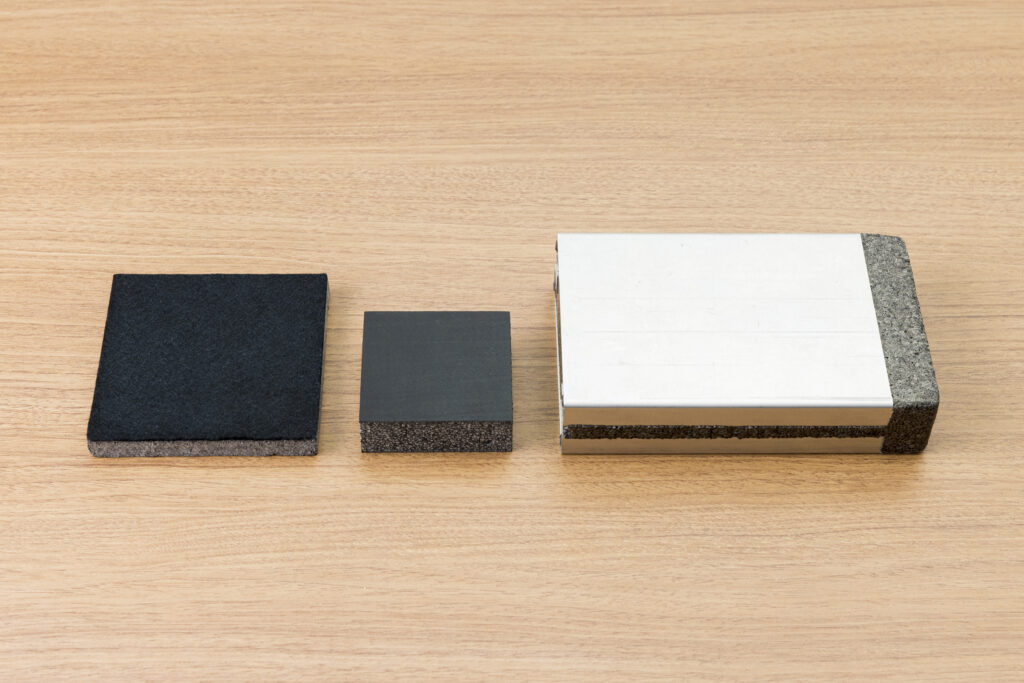
▲ Insert moldings for heat-resistant resins and metal parts. The mechanical strength, aesthetics, or weather resistance of the surface material can be combined with SunForce to achieve even higher functionality.
Further contributing to sustainability through the benefits of resource saving
Tsukimisato: “It’s my hope that the use of SunForce will spread further as a resource-saving initiative. SunForce is 90% air; the foam expands tenfold. The good thing about foams is that they use less raw material. In the future, ideally we’ll have resource recovery systems that connect automakers, supply chains, and customers so that materials can be recycled.”
The world’s sudden shift to EVs is about more than just replacing conventional engine-based vehicles with electric vehicles; it’s also about creating new value that will help us achieve a society that’s sustainable in terms of the environment, energy, and beyond. As we seek out optimal solutions in an era where technical innovations are demanded in never-ending supply, Asahi Kasei will meet the challenges before us with high-performance materials such as Lastan and SunForce, and also come up with unprecedented ideas to produce next-generation solutions together with customers.
For additional information on Sunforce: https://asahi-kasei-mobility.com/en/products/sunforce_bebh/
Click here to contact us about Asahi Kasei’s products and usage examples.
This article was published on May 31, 2023.
 Mobility-related information website
Mobility-related information website


